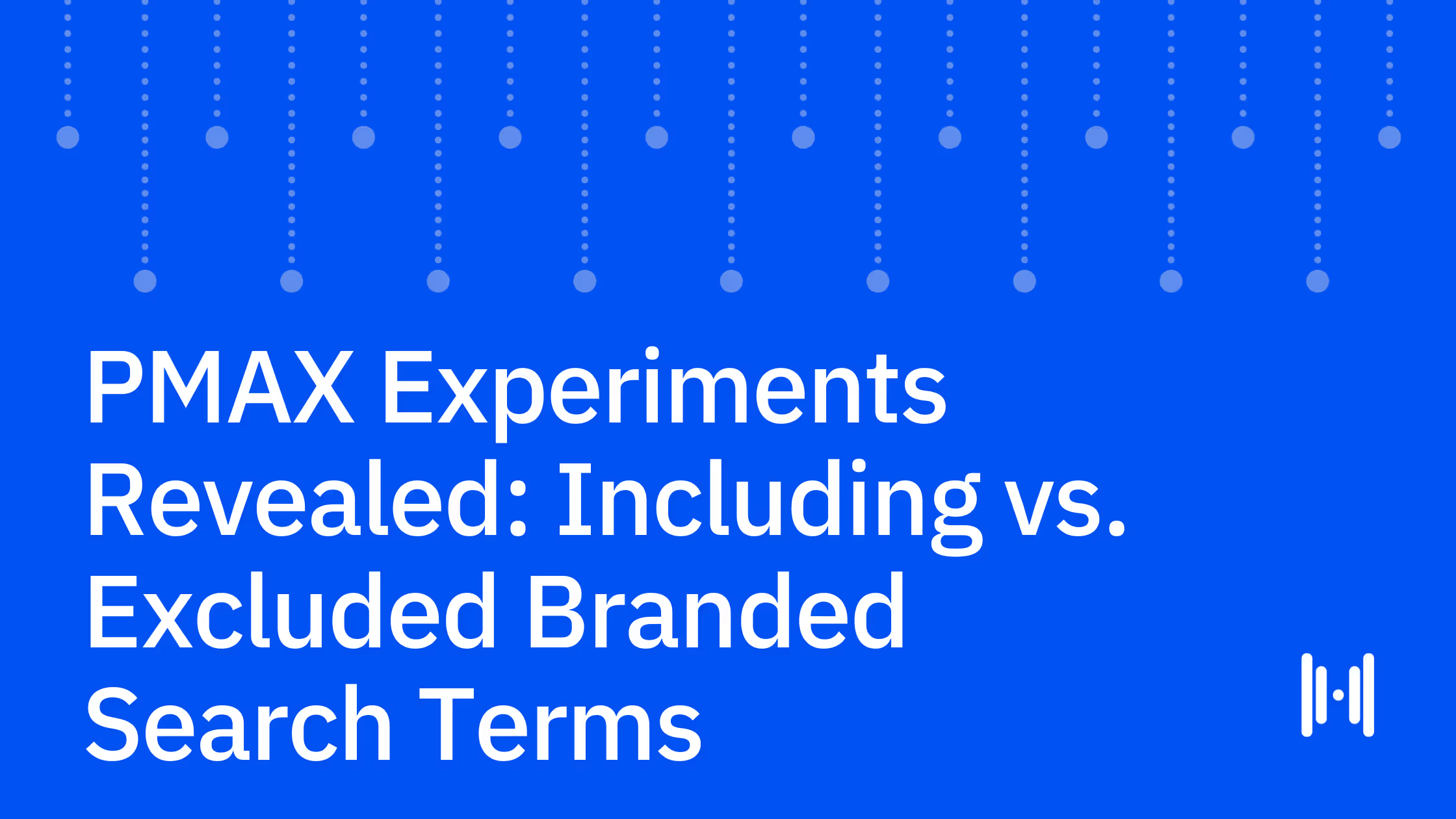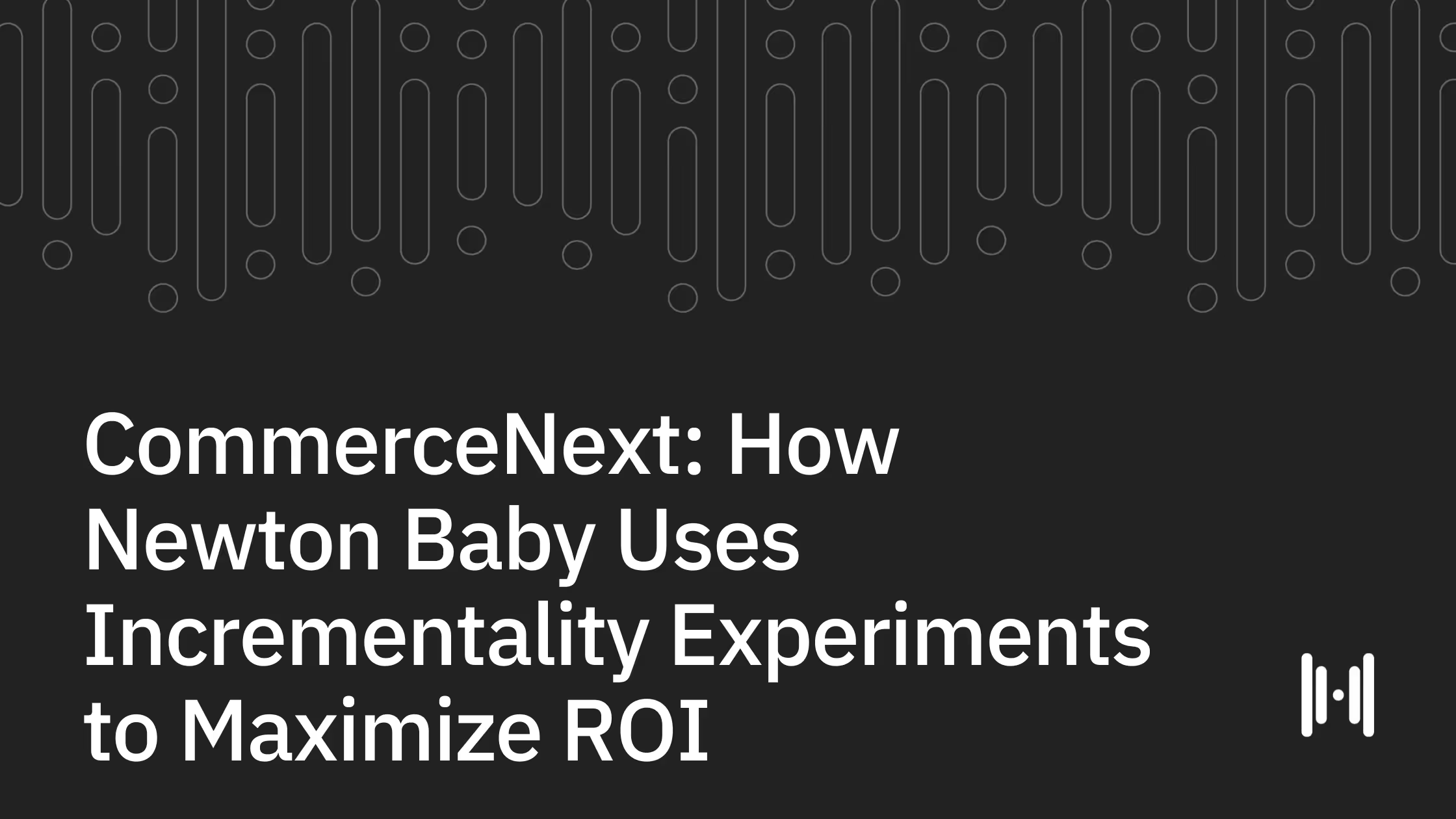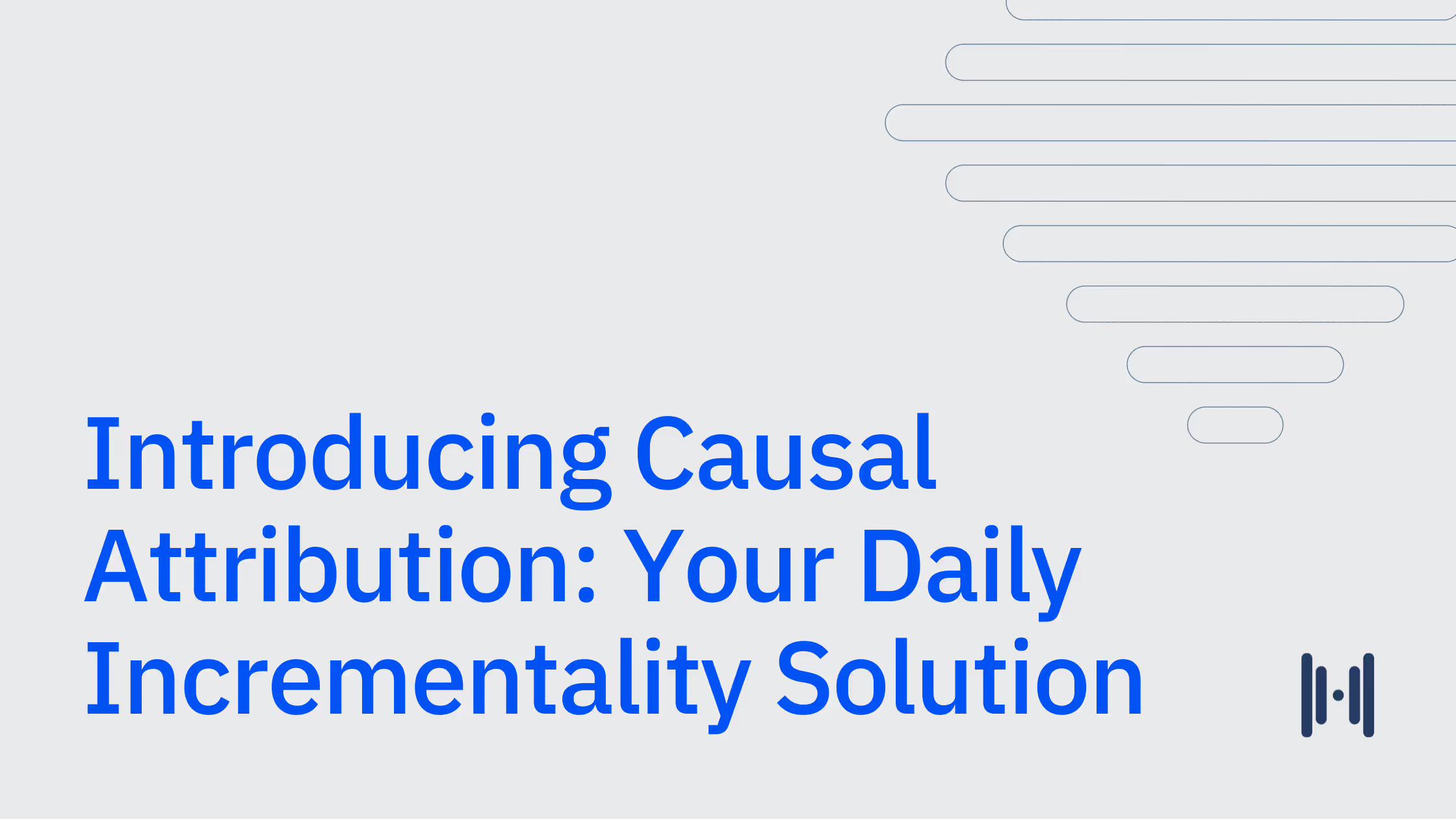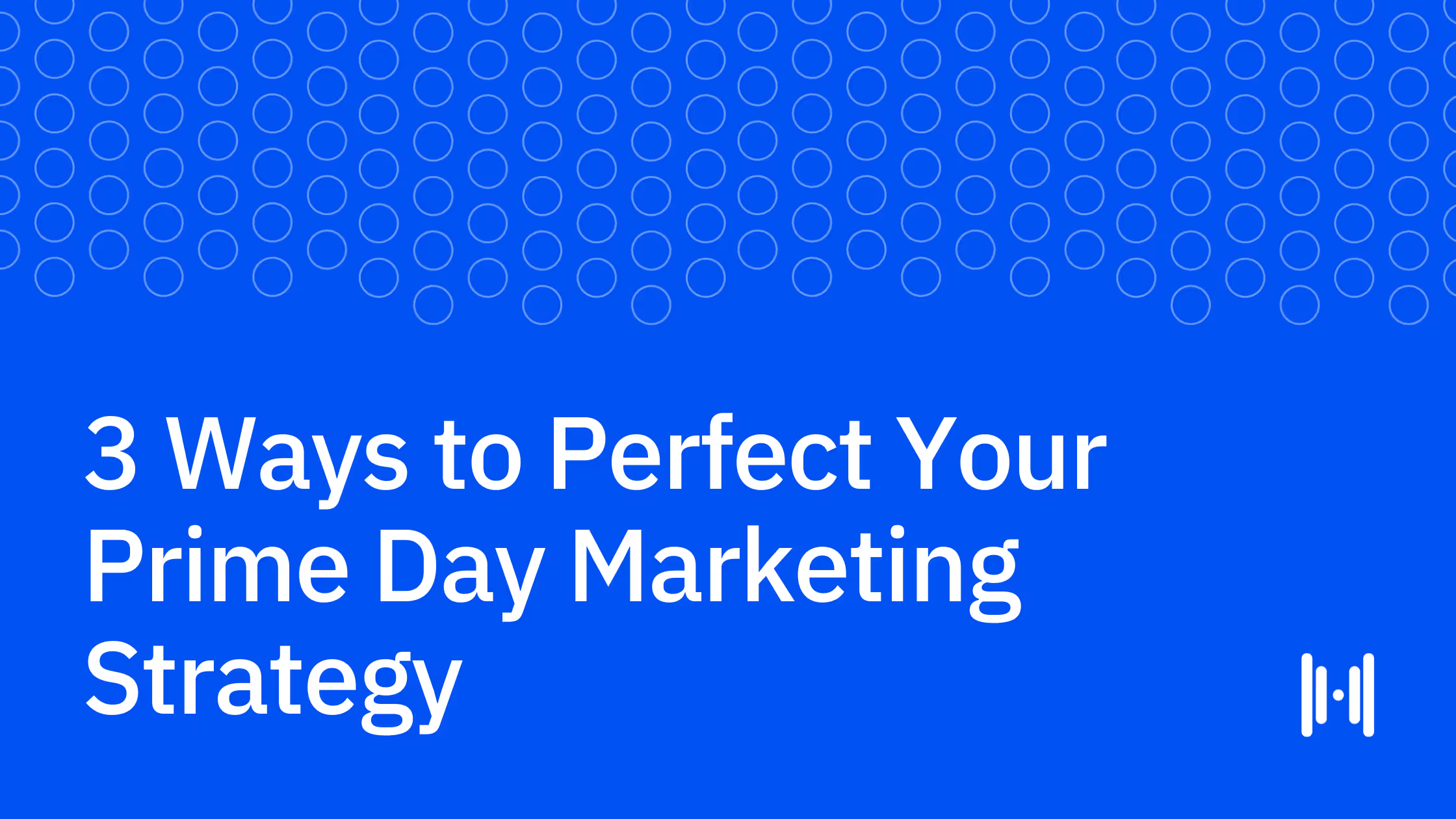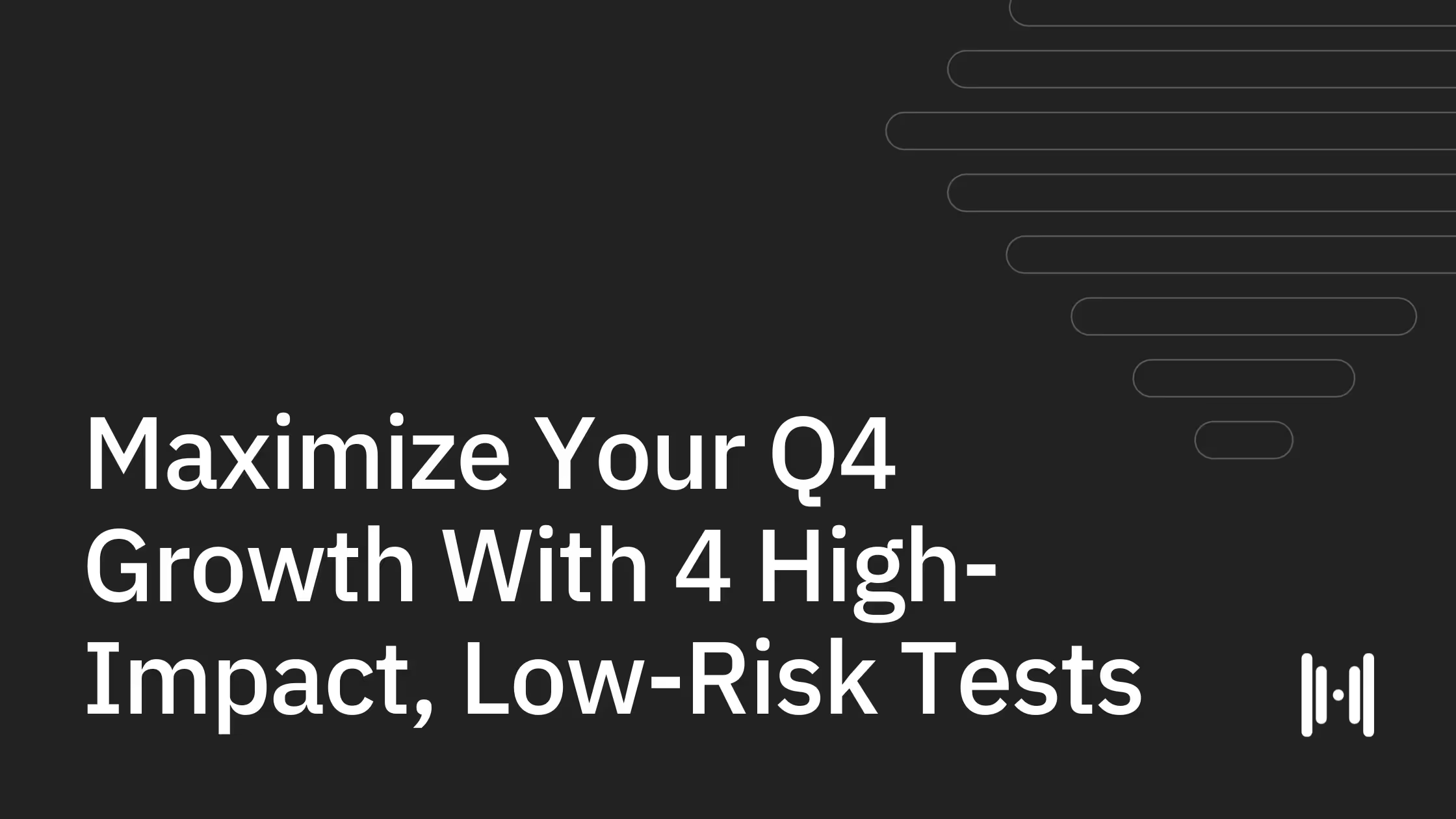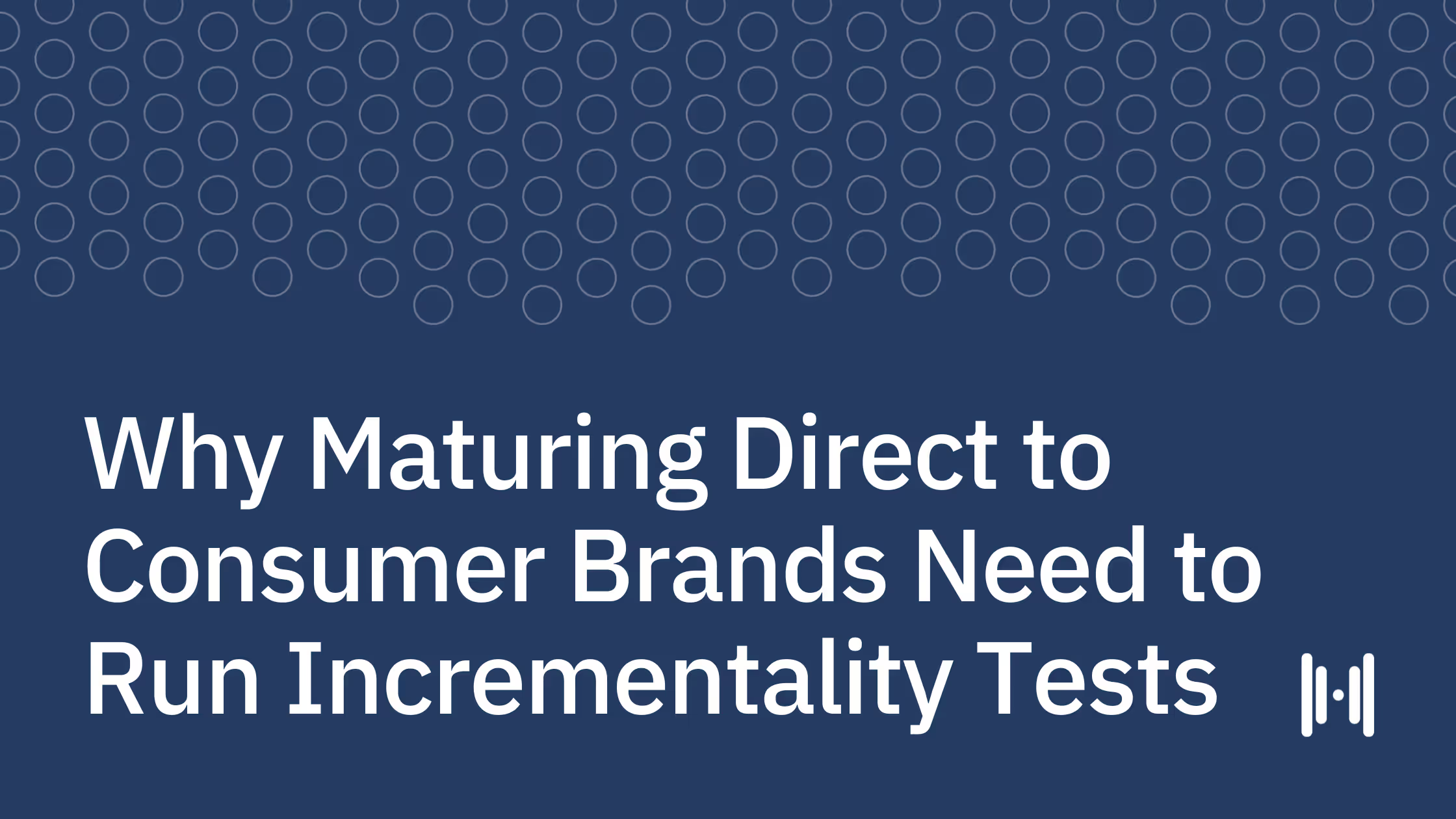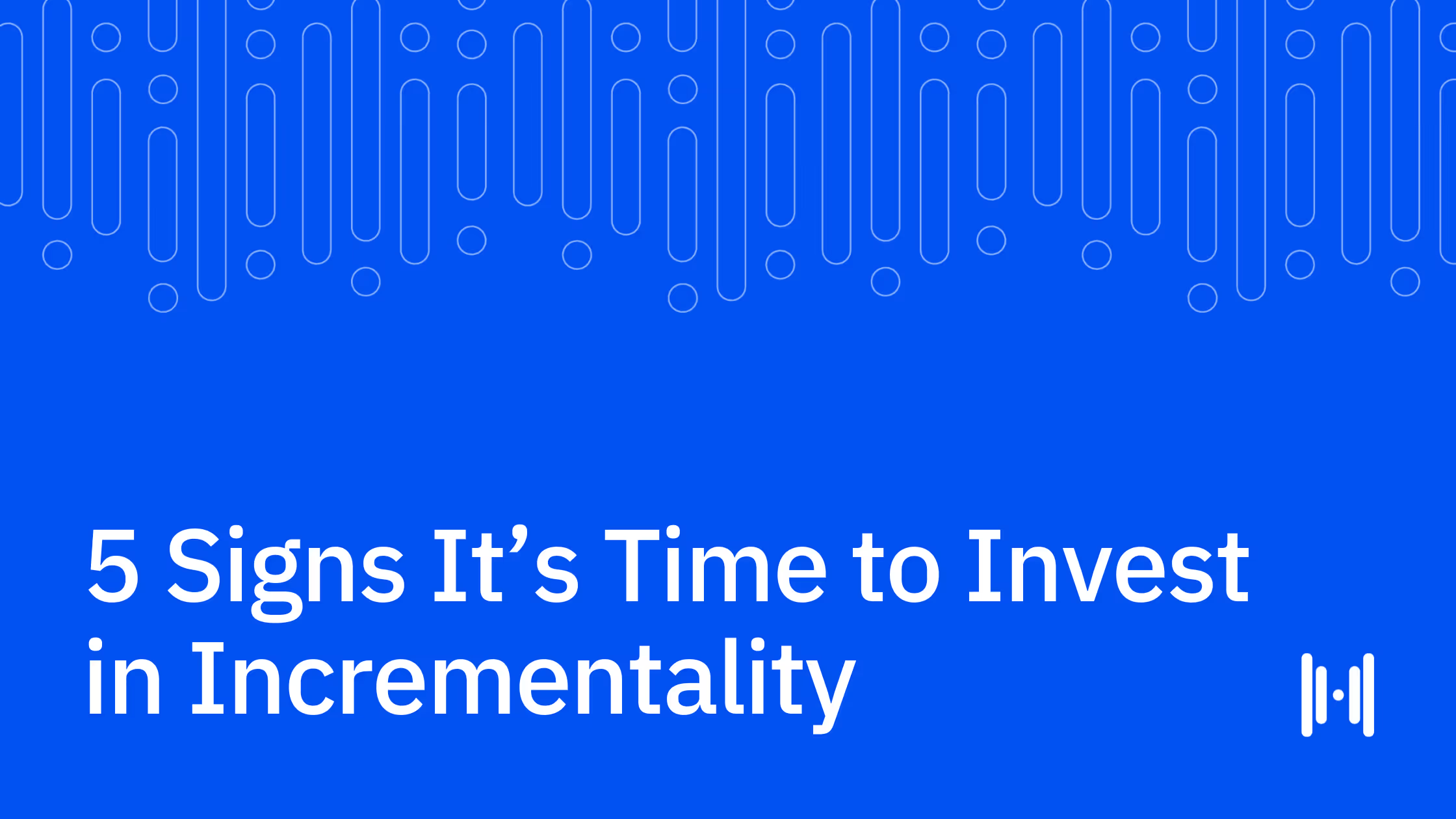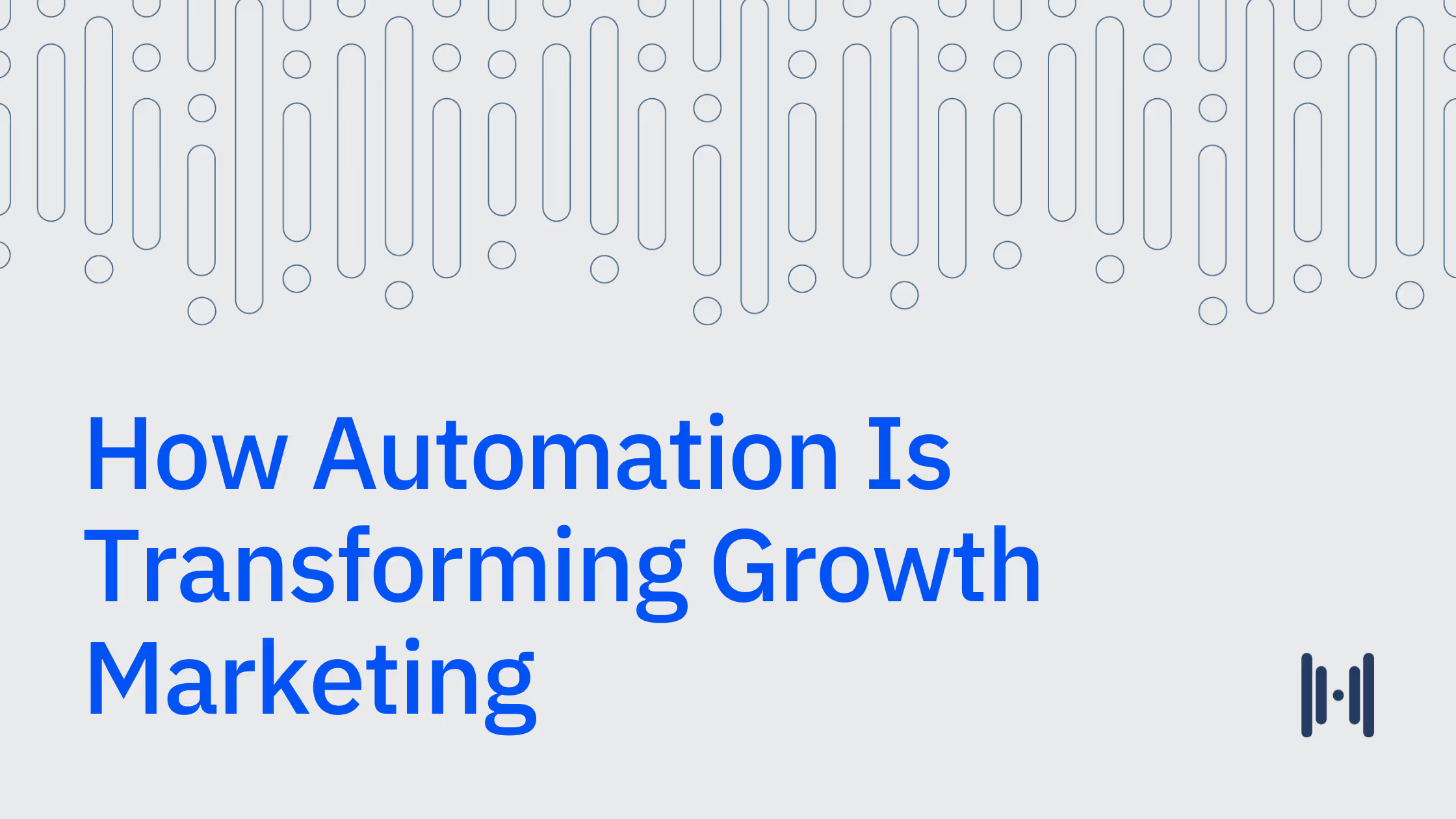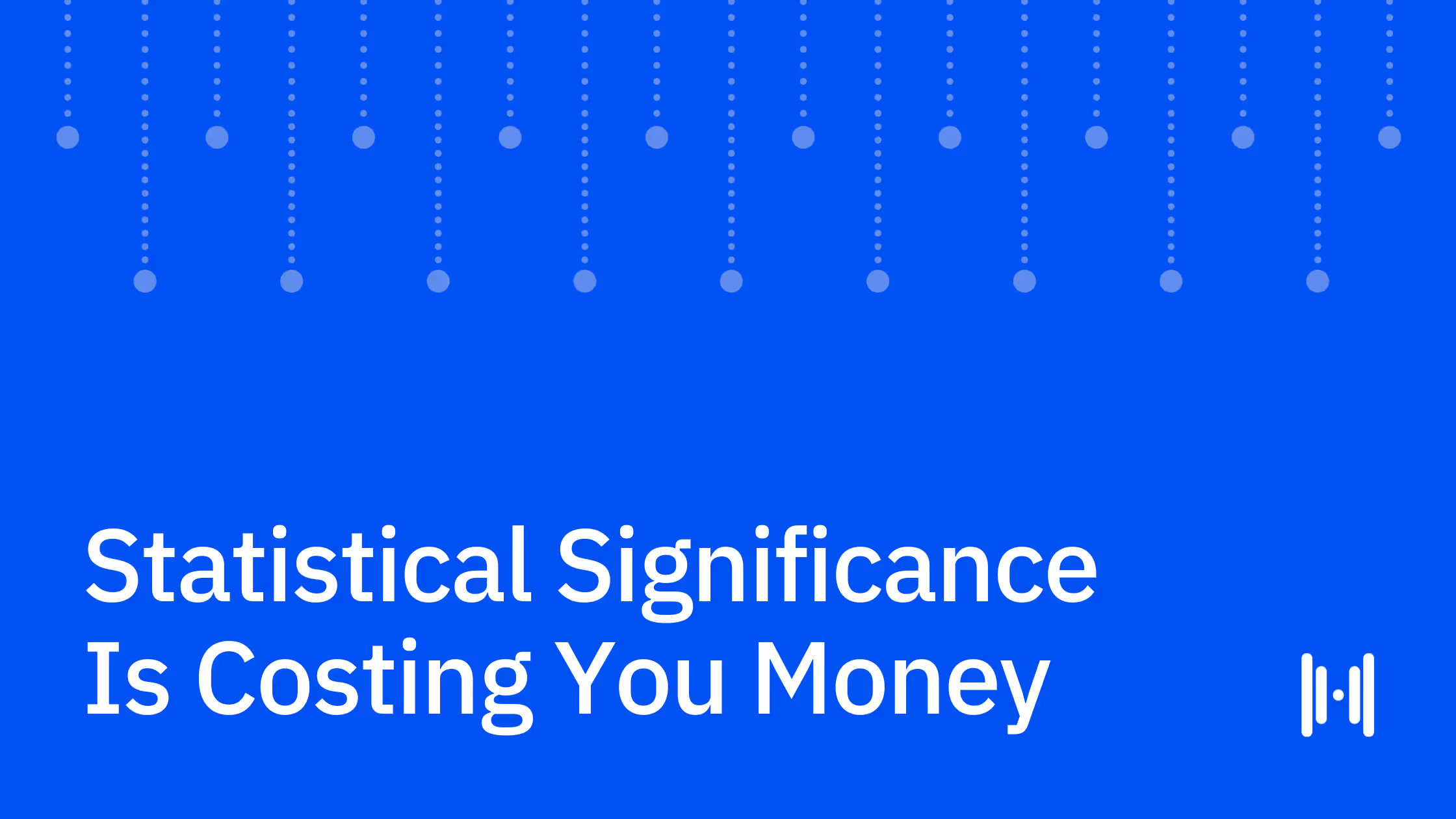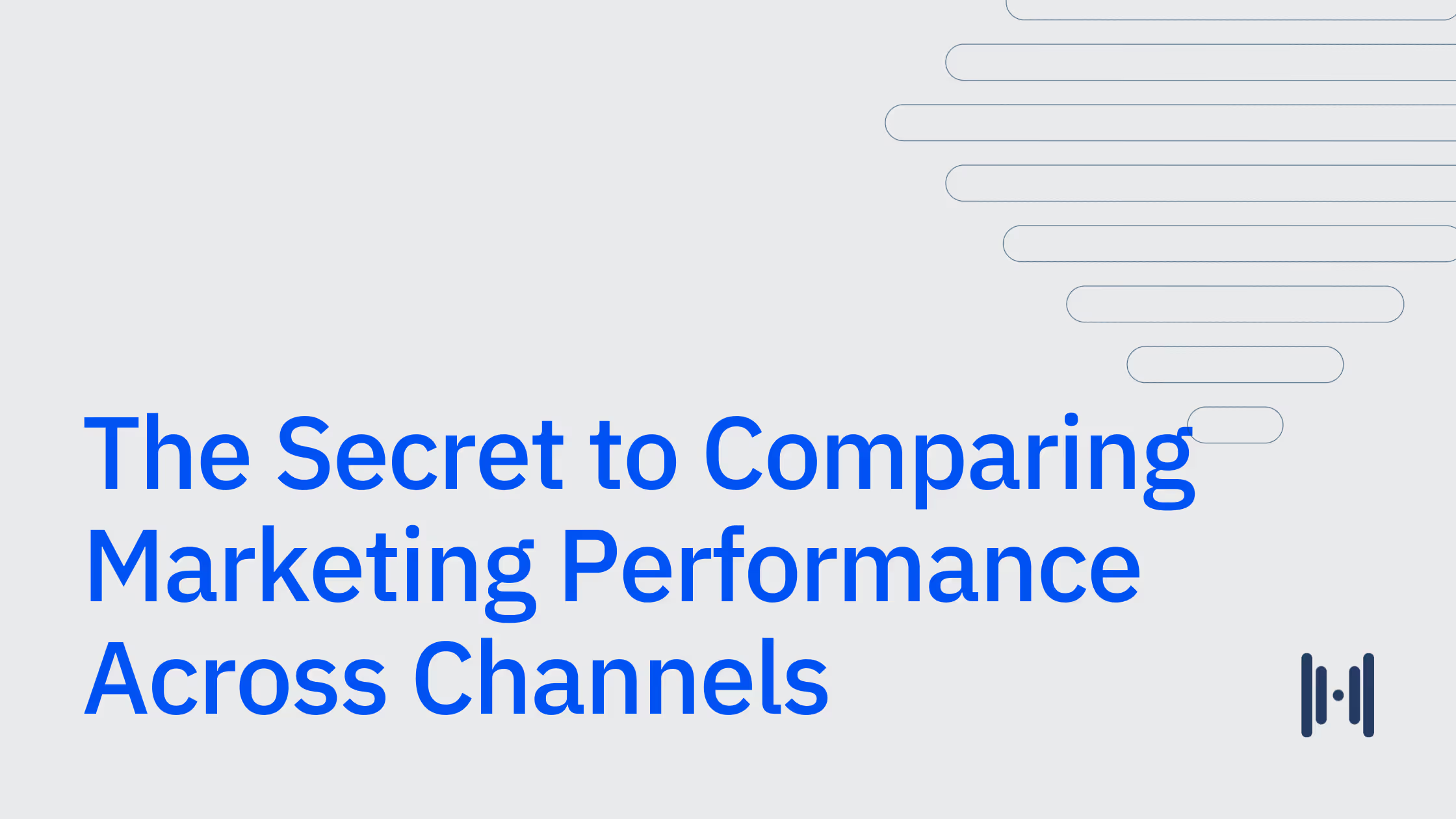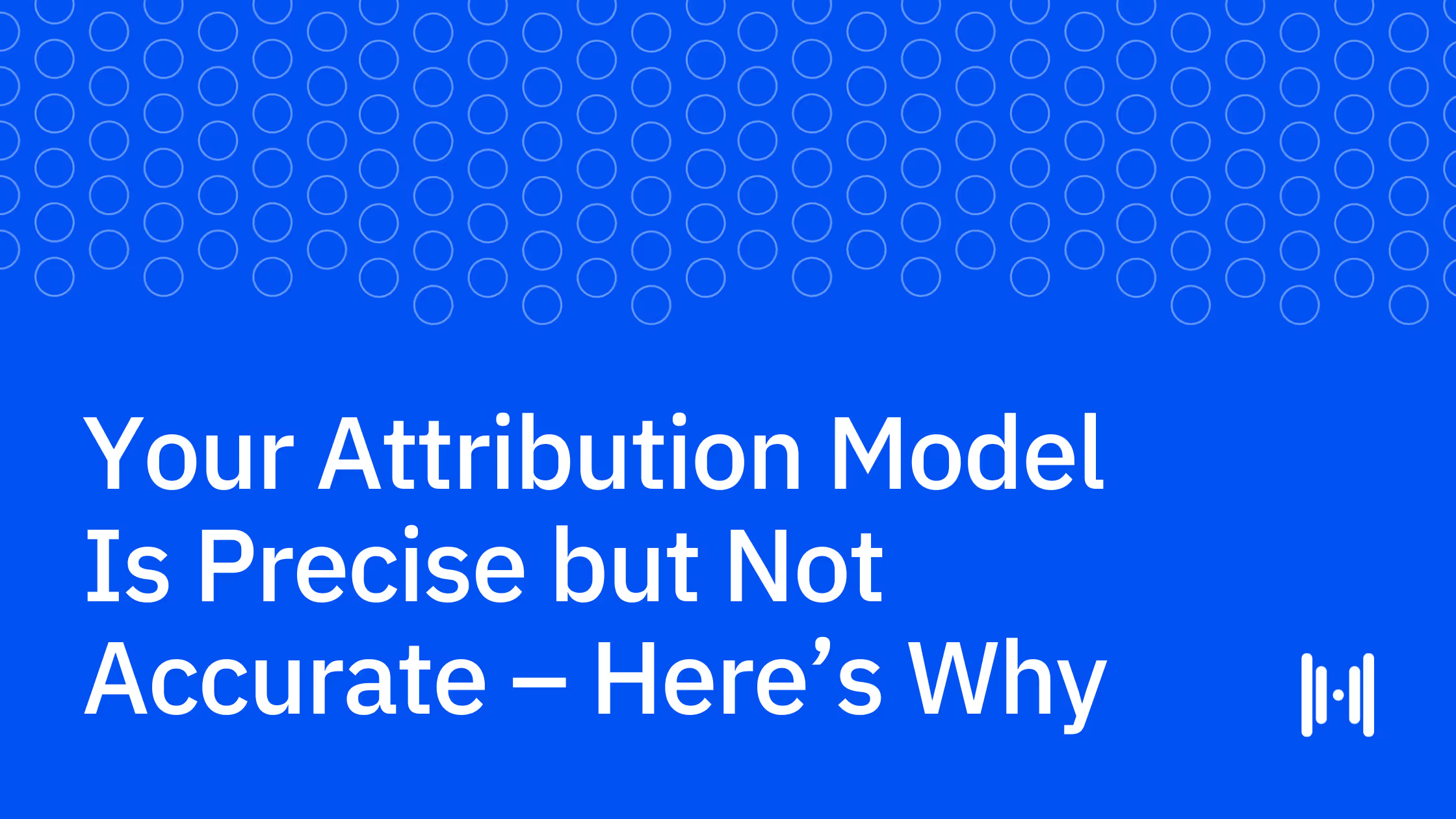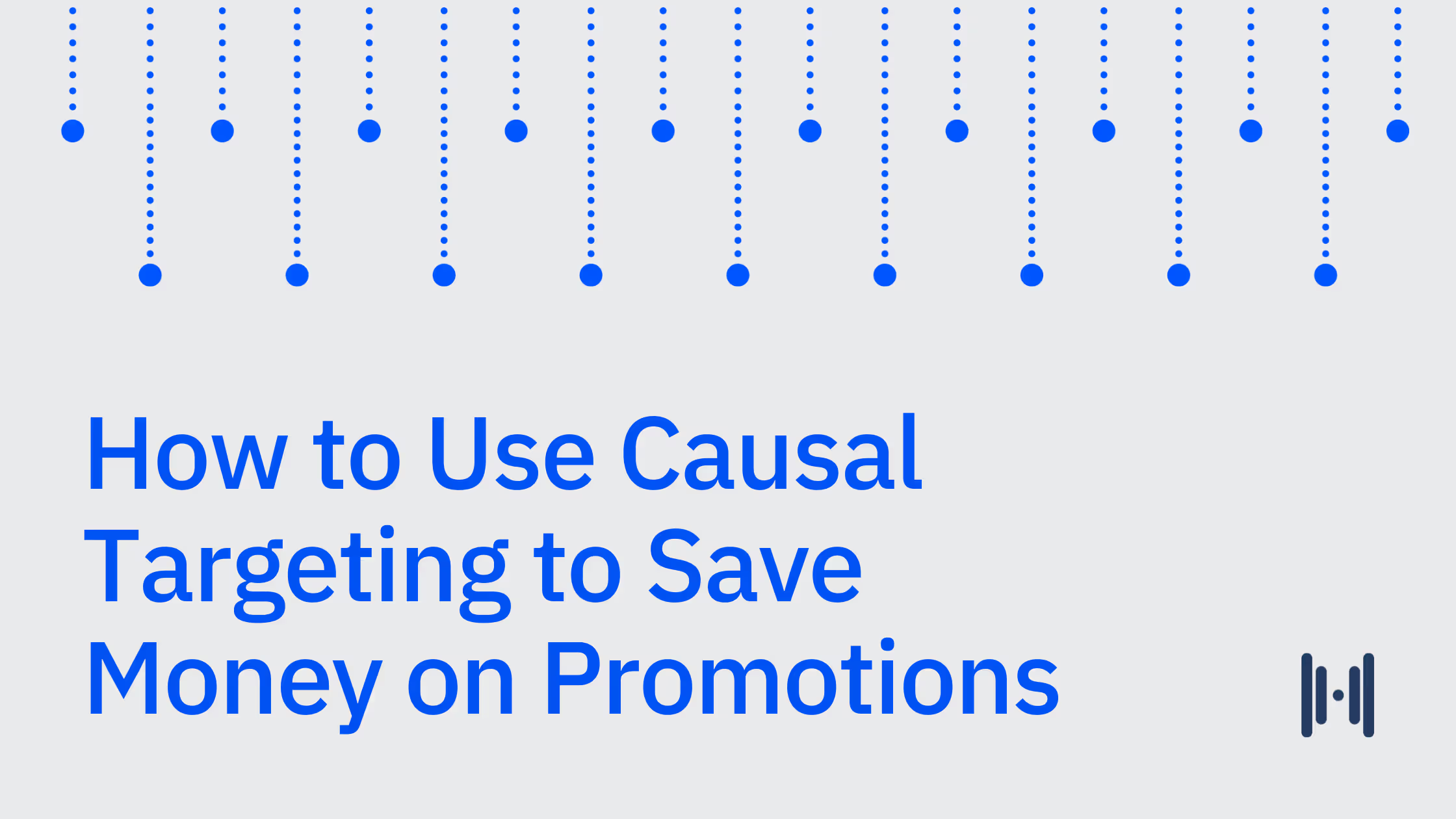
At our first-ever Open Haus AMA, we got a question we hear fairly often:
“How do you know when a brand is at the scale where investment in an incrementality tool like Haus makes sense?”
As you can imagine, we have quite a few thoughts on this question, so let’s dive in.
When a business is small — say, an early-stage DTC brand generating under $5 million in annual revenue — everything you do shows up directly in your sales and site traffic. Turn on paid ads, and you'll see purchases go up. Pause spend, and the effect is obvious. At this stage, basic on/off testing and watching top-line trends typically work just fine.
But as your business scales — reaching tens of millions in revenue, expanding into new paid channels, adding organic growth, partnerships, and even selling across multiple sales channels — what drives incremental growth gets much harder to pin down. Marketing gets more complex, and attribution models (even multi-touch) can't always untangle which dollars are truly moving the needle.
Incrementality measurement steps in to answer much more nuanced questions. These include:
- Which channels or campaigns are actually causing new customers to convert vs. those that are simply taking credit for conversions that would've happened anyway?
- How does performance differ across investment levels, seasons, or audience segments?
- What's the interplay between channels, especially as you expand across retailers, DTC, and marketplaces?
The "Congratulations, you have an incrementality problem" moment
It's not a bad thing to reach the point where incrementality becomes confusing; it just means your business is actually driving organic demand. When you can no longer easily tell which activities are driving growth — because organic traffic, paid campaigns, partnerships, PR, and word-of-mouth are all firing — you've outgrown the simplistic "turn it off and watch" method.
Here's a specific example: Imagine a brand, "GlowSpark Skincare," starts out selling DTC and spending $1 million a year on Meta. Whenever they scale up spend, they see a clear bump in revenue. All good.
But over a few years, GlowSpark grows to $40 million in annual revenue, with $8 million in annual ad spend across Meta, Google, Pinterest, TikTok, some influencer partnerships, plus listing on Amazon and a few retailers. Suddenly, they turn up Pinterest spending by 20%, but the topline doesn't seem to budge, or at least not in any clearly trackable way — perhaps because that noise is dwarfed by organic brand growth and existing sales channels.
This is the scale and complexity where answering, "what's truly incremental?" can't be done with spreadsheet math or last-click attribution.
When is it time to invest in an incrementality solution?
1. Channel impact is getting fuzzy
If you're running two or more significant paid channels — and you can't tell what's driving incremental sales, especially as organic channels and partnerships grow — that's a major signal. When the impact of changes in paid spend is no longer easily visible in topline data, simple tests aren't enough. Experiments can help you drill down on the most efficient spend across existing channels and then help you launch into new channels.
2. You’re spend more than $1M/month on marketing tactics
Here's a rough rule of thumb: If your annual paid media budget is over $1M/month, the stakes of investing blindly become significant. At this level, misallocating your marketing dollars — say, over-investing in channels that are cannibalizing organic demand or underestimating halo effects — has real consequences for your P&L.
3. Omnichannel sales complexity
Just like advertising in multiple places makes incrementality harder to measure, the same goes if you’re selling in multiple places. For instance, if a sizable portion of your business occurs outside your primary DTC site (for example, through Amazon, retail partners, or pop-ups), and you suspect that digital spend is driving in-store or marketplace sales (the so-called "halo effect"), then digital attribution tools will fall short.
4. Growth is starting to level out
You might be struggling to find new audiences — or you keep advertising to audiences that were going to convert anyway. If that’s the case, incrementality can help you unlock new audiences. Perhaps you have a hunch that more upper-funnel tactics could help you find new customers. Running an incrementality test that adds more upper-funnel media into your marketing mix can help you pinpoint where those growth areas are.
5. Traditional MMM and MTA are coming up short
Tools like Traditional MMM and MTA are based on correlational data, which means they won’t get at the true causal impact of your marketing (e.g. “What would happen if we didn’t run this campaign?”). They also might take longer to generate useful recommendations, they might break down in the face of new privacy laws, and they might add to your growing confusion around channel impact. In that case, you’ll want to choose an incrementality tool that meets your needs.
What’s an example of a brand that might need incrementality tests?
Let’s use a hypothetical example of a DTC homeware brand that expands rapidly – then begins to feel the channel noise:
Homely, a home decor DTC brand, grows from $3M to $25M in revenue in two years. Early on, Facebook and Google ads predictably drive growth. Now, Homely's marketing includes Facebook, Google Search and Shopping, Pinterest, YouTube, PR, and affiliate partnerships. TV and podcast ads are being tested. PR efforts create viral moments, and organic search booms, especially after features in major magazines.
Last year, Homely launched a new paid Pinterest campaign, increasing spend by 30%. Over a month, platform reports show impressive attributed conversions, but website sessions from Pinterest are flat, and overall sales are within the normal weekly range. Homely's performance team isn't sure whether to scale up Pinterest further, reduce investment, or reallocate to TV or affiliates.
Conventional attribution tools won't answer the question, since too many channels interact. An incrementality tool could run a geo-holdout test, holding out paid Pinterest spend in certain regions to isolate the true incremental effect on sales, both online and offline, as measured at the business level.
How do I know if my company isn’t ready for incrementality?
If your company is early-stage, running one or two primary paid channels, and you can still track clear topline cause and effect (i.e., pulling spend down quickly registers in revenue), you don't need to overcomplicate. Platform lift testing (like Meta Conversion Lift), basic on/off tests, and watching topline trends are more cost-effective.
Similarly, brands with less than roughly $5 million annual paid spend, and relatively simple channel mixes, are often still in the "test and learn" range for basic platform tools and scrappy in-house analysis.
I’m ready for incrementality — now what?
You don’t want to jump into incrementality without knowing some best practices and mistakes to avoid. And as you begin your journey, you’ll want to establish the following:
- Organizational buy-in: Holdout testing means you won’t be showing ads to your full audience. Before you do that, you'll need organizational alignment to complete tests without prematurely switching spend or panicking over temporary conversion drops.
- Planning cycles: To get the most from incrementality tools, brands need a mindset of structured hypothesis testing, longer planning cycles, and a willingness to iterate. A backlog of business questions and experiments, not just reactive channel tweaks, sets you up to succeed.
- Omnichannel footprint, even at modest scale: Brands expanding into new retailers or marketplaces sometimes need Haus-level insight even below the $10M ad spend threshold — particularly to understand newly emerging halo effects or cross-channel synergies.
What happens if you wait too long to measure incrementality?
Waiting too long comes with real opportunity costs. As paid marketing grows to be the biggest line item in your P&L, misattribution — whether from over-crediting platforms or failing to appreciate halo effects — can siphon hundreds of thousands (or millions) in wasted spend or underfunded expansion opportunities. Platform-reported ROAS may be overstated (especially for lower-funnel channels), and you might inadvertently pull back on "unprofitable" upper-funnel channels that are, in fact, doing crucial long-term work.
Final thoughts
Investing in tools like Haus isn't about chasing buzzwords; it's about responding to business complexity. The clearest signals for readiness include: annual paid media over $1M/month, a diversified omnichannel media and sales presence, and the inability to see direct cause and effect between spend and outcome in raw business data. At this point, the risk and return calculus changes — what you spend on these tools is minor compared to gains from smarter allocation and confidence in scaling.
For most growing brands, "having an incrementality problem" is a clear sign you're building something substantial. And while these tools require investment and cross-team commitment, they fundamentally change how confident, and how competitive, your marketing can become as you reach the next stage of growth.
FAQ About incrementality in marketing
What does incrementality mean in marketing?
Incrementality in marketing refers to the true causal impact of a specific marketing activity on business outcomes. It measures which marketing investments are actually driving new sales that wouldn't have happened otherwise, versus simply taking credit for conversions that would have occurred anyway. As businesses scale and marketing becomes more complex, incrementality helps determine which dollars are truly moving the needle.
What is the meaning of incrementality?
Incrementality represents the additional value or lift created by a specific marketing channel, campaign, or tactic. It answers the question: "What additional business results did we generate that wouldn't have happened without this specific marketing activity?" This concept becomes particularly important when multiple channels interact and simple attribution models can no longer untangle which investments are truly effective.
What does it mean to drive incrementality?
Driving incrementality means creating marketing activities that generate truly new business results rather than just capturing existing demand. It's about finding the channels, campaigns, and strategies that cause additional sales or customer acquisition that wouldn't have occurred otherwise. When marketers focus on driving incrementality, they're prioritizing activities that expand the business rather than just redistributing attribution credit among channels.
.png)
.png)
.avif)


.png)
.png)
.png)
.png)
.png)
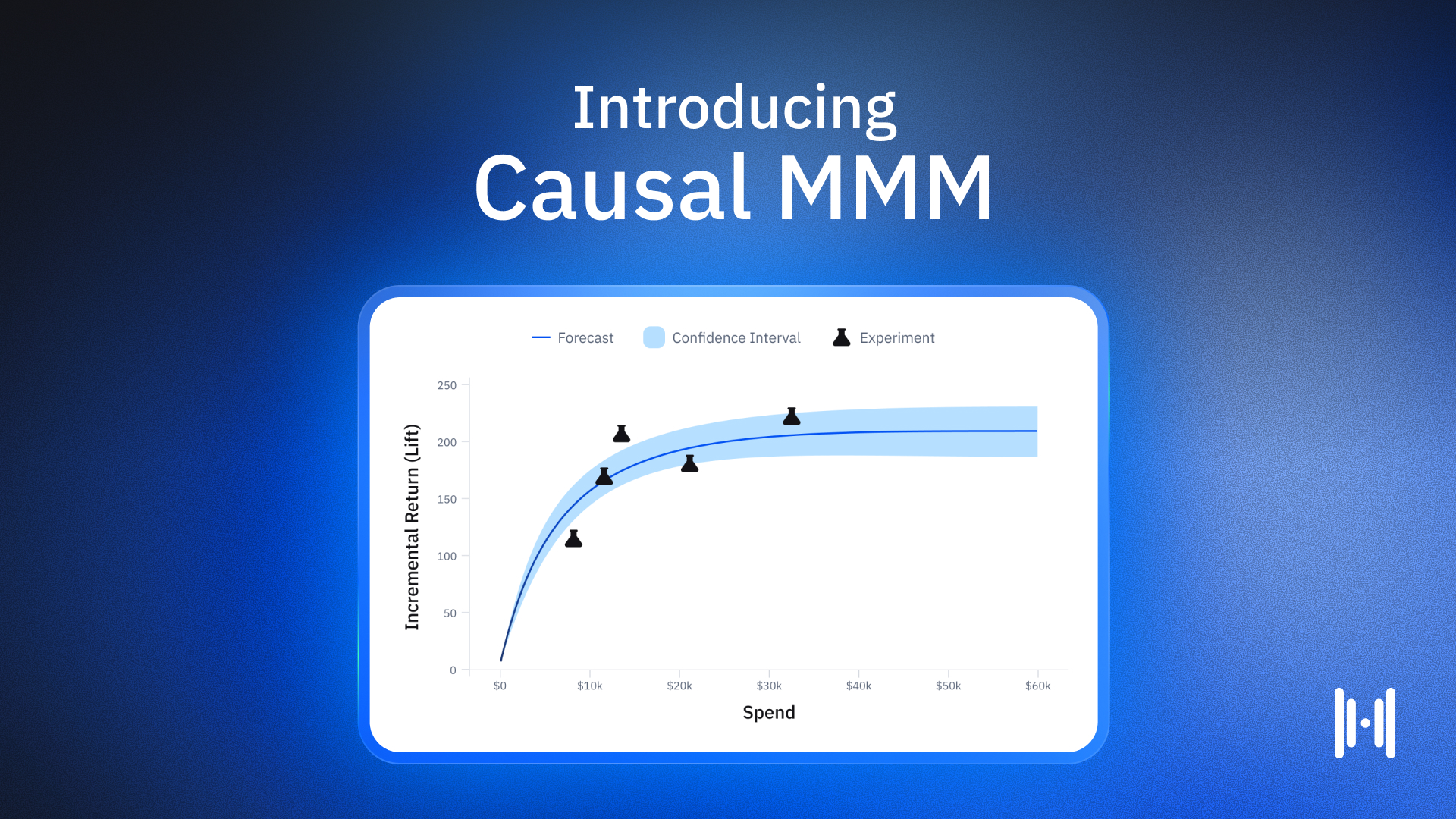
.avif)
.png)
.png)
.png)
.png)
.png)
.png)
.png)
.png)
.png)
.webp)
.webp)
.webp)
.webp)
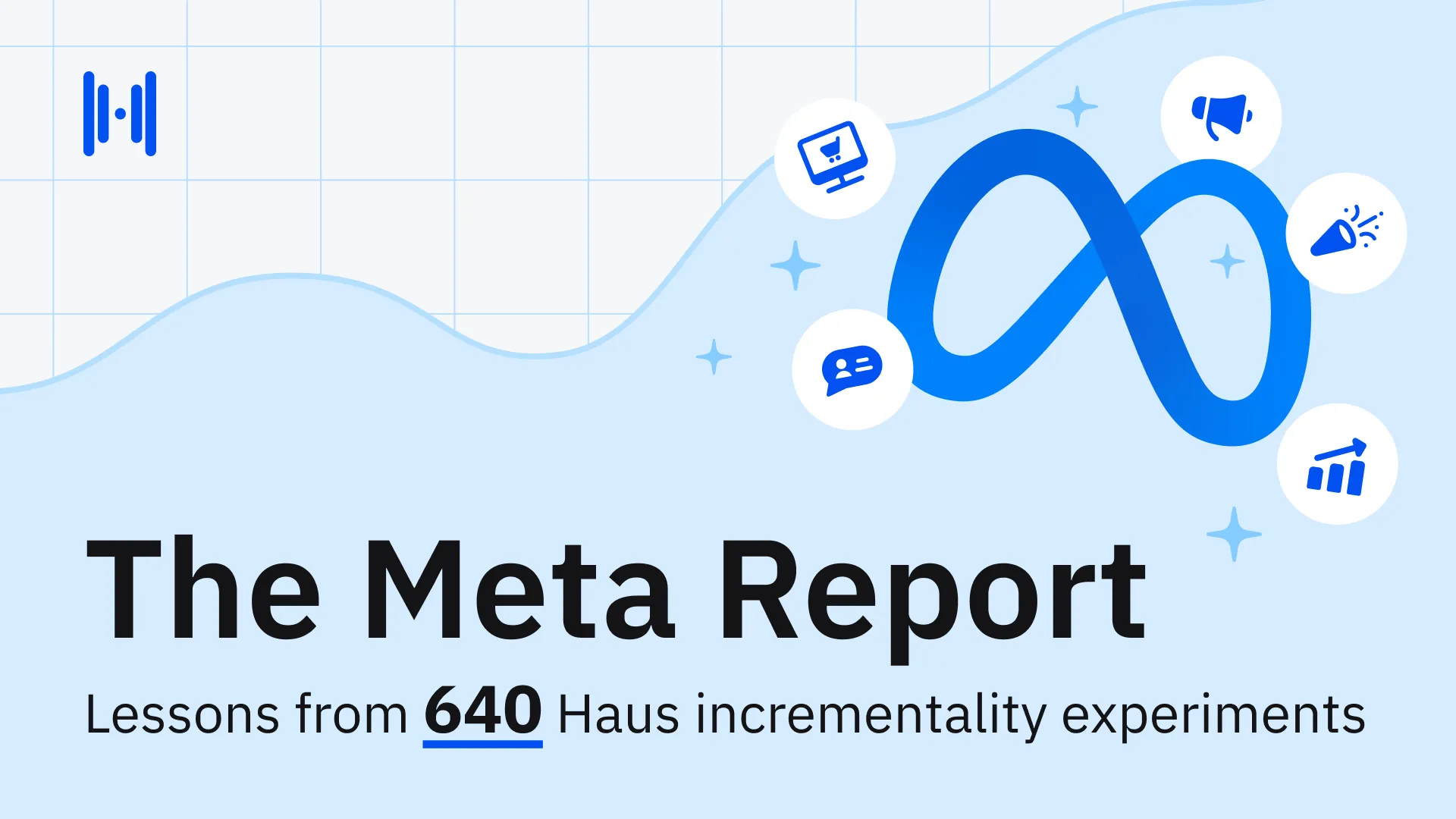
.webp)
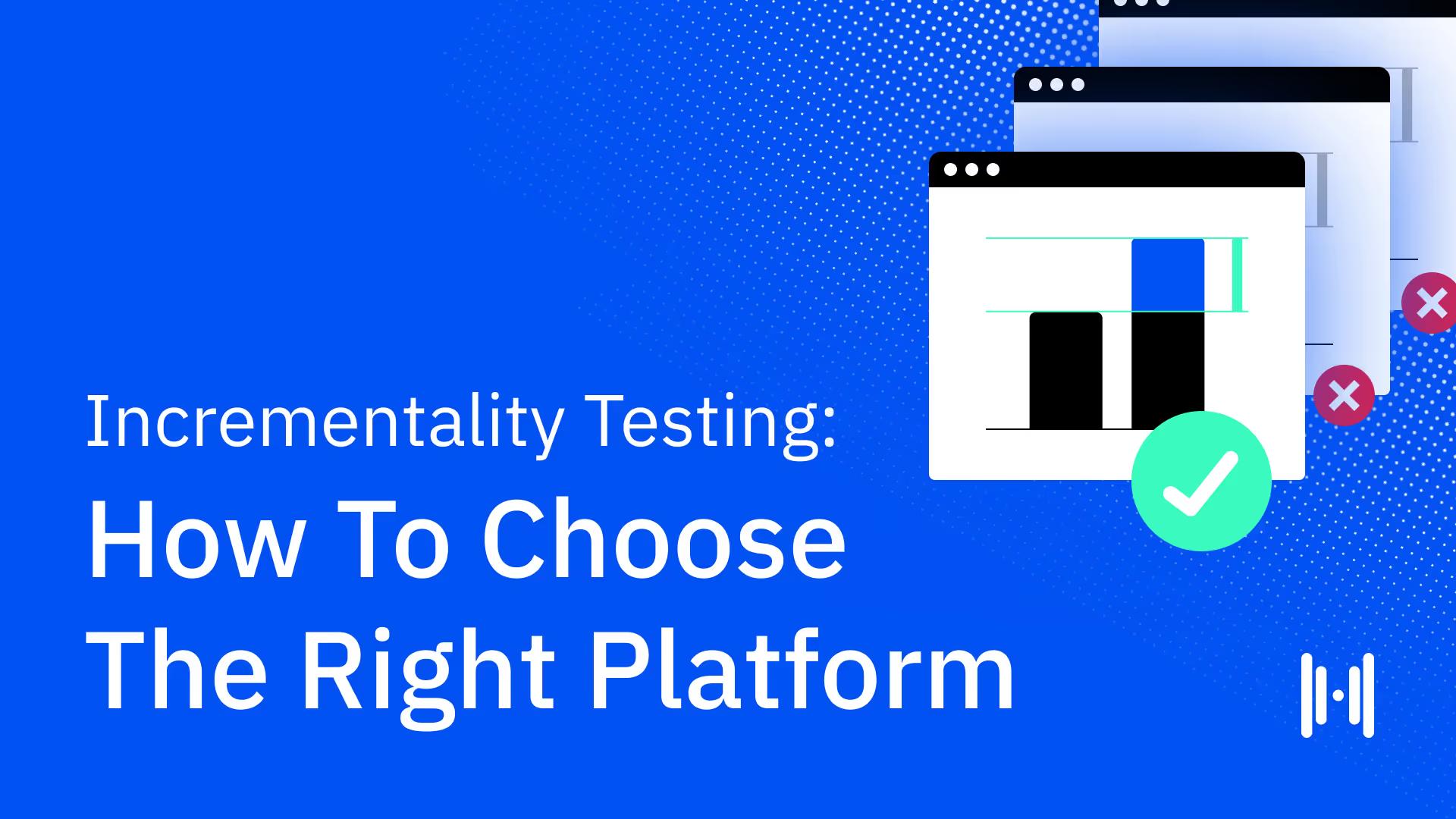
.webp)
.webp)
.webp)
.webp)
.webp)
.webp)
.webp)
.webp)
.webp)
.webp)
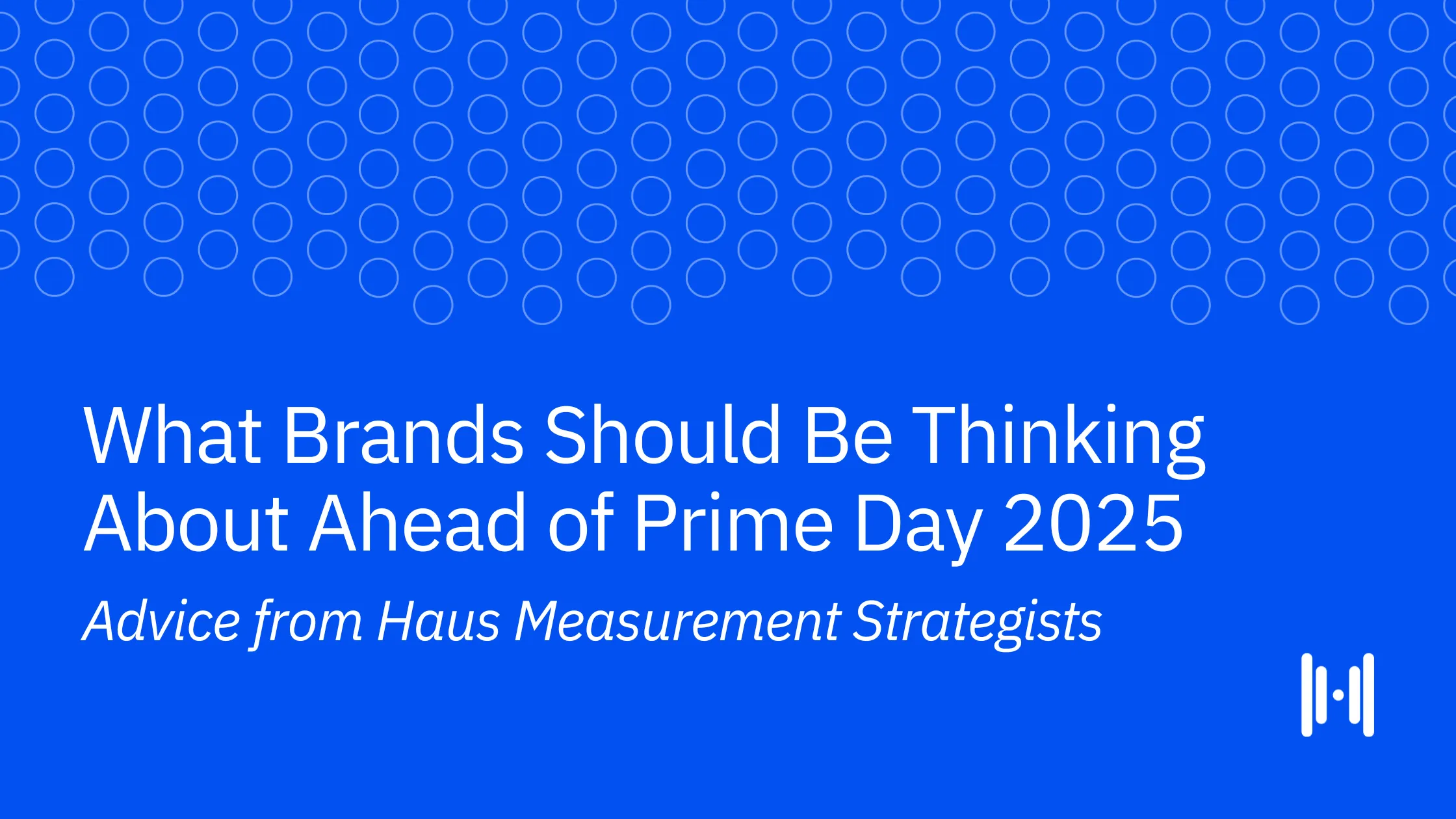
.webp)
.webp)
.webp)
.webp)
.webp)
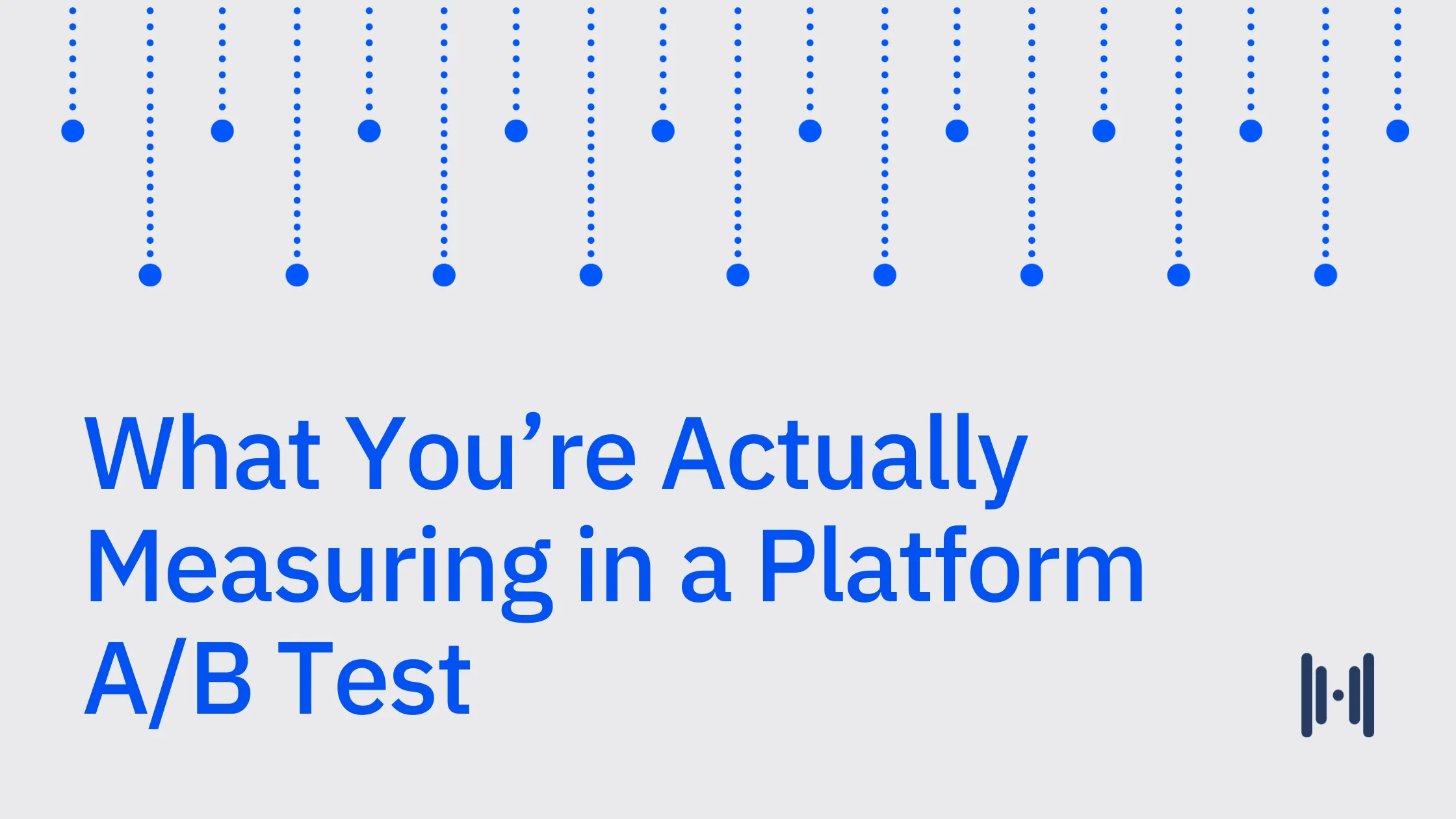
.webp)


.avif)
.avif)



.avif)
.avif)
.avif)

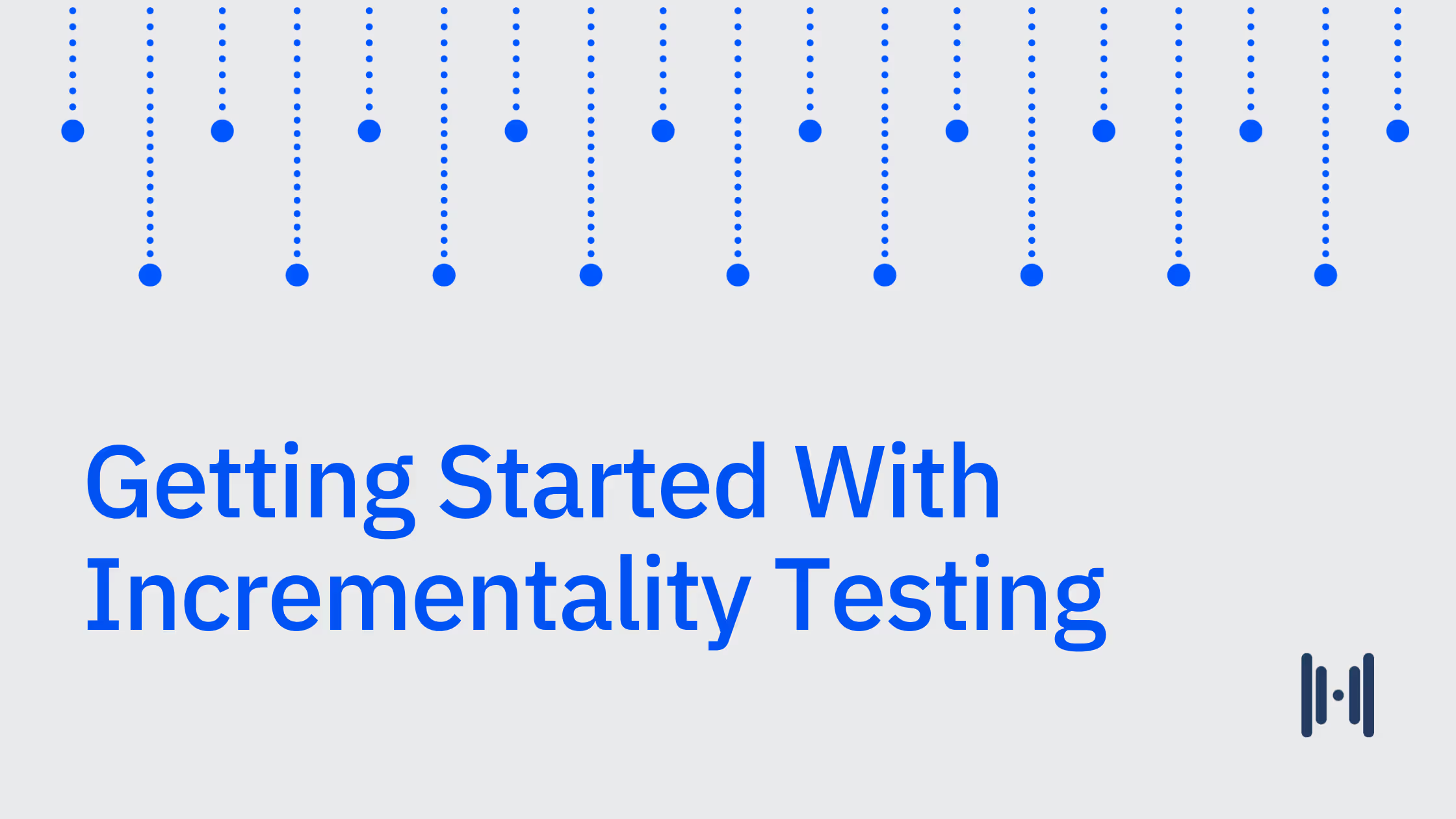
.avif)
.avif)
.avif)
.avif)
.avif)
.avif)

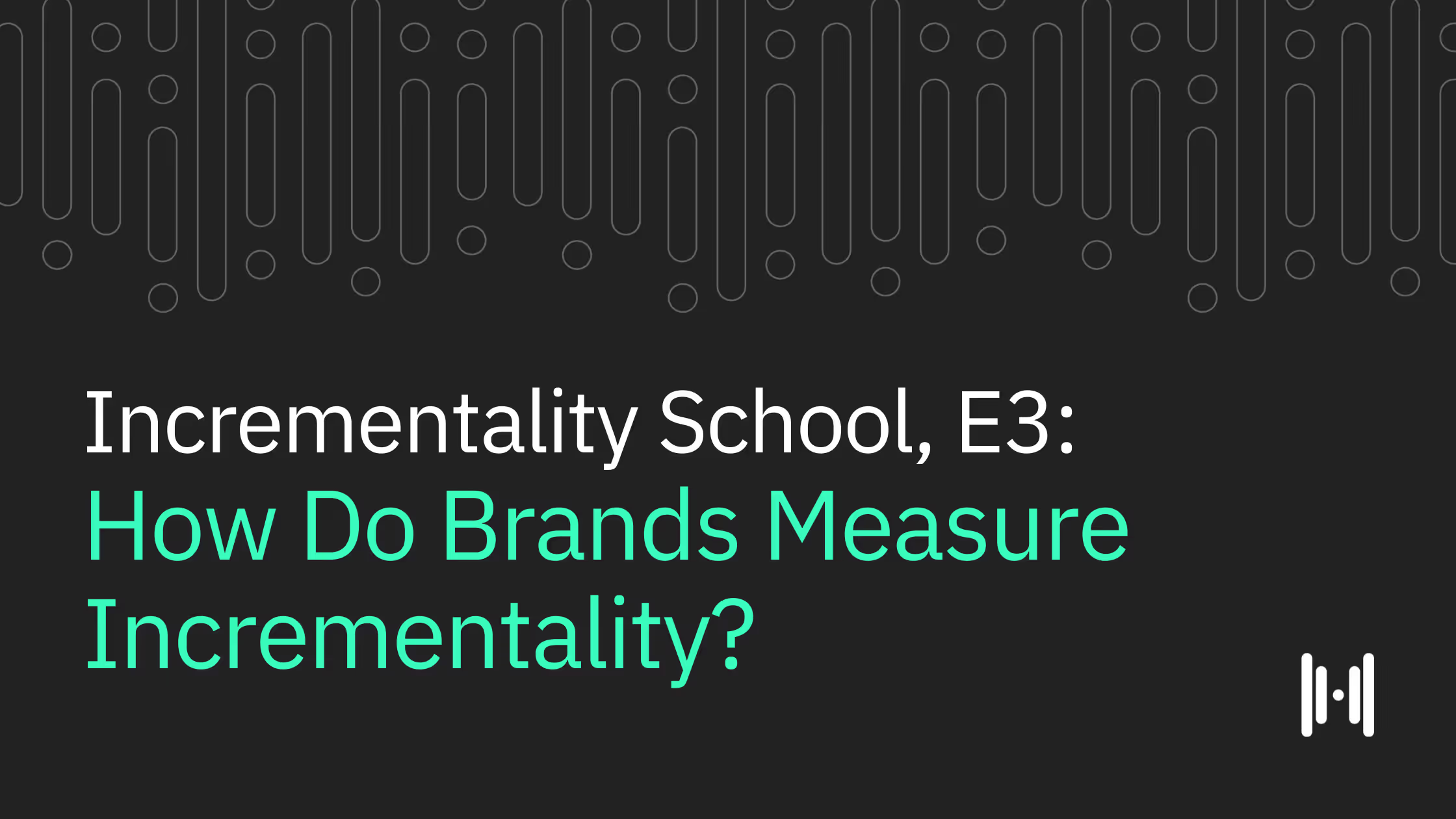


.png)
.avif)
.png)
.avif)
